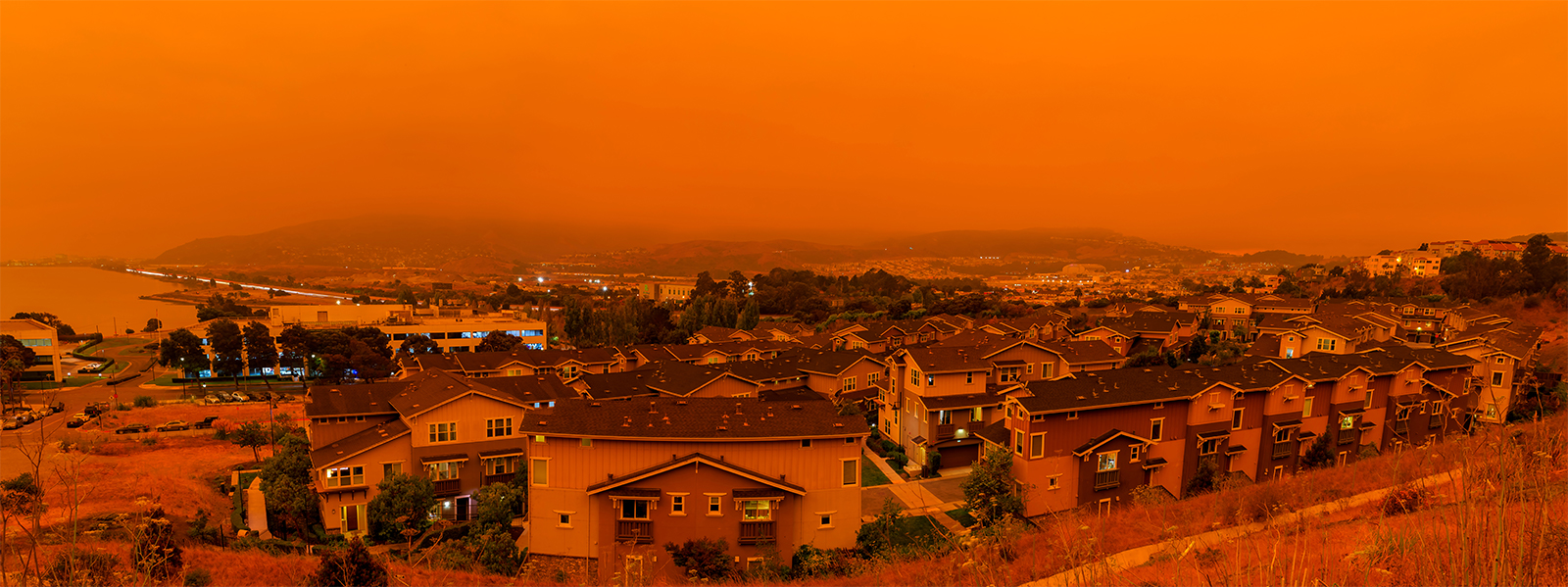
Wk34 // Wildfire Season
We are in the midst of an environmental crisis as the frequency and intensity of wildfires worsen. This year in California we have been blessed with rain and snow. Albeit that cause it’s own issues especially in land hit previously by wildfire. But we are still seeing the uptick in Canada and Europe and last year alone has produced an unseasonable January wildfire in Big Sur and a geographically uncommon fire in Laguna Niguel.
These fire are ceasing to be outliers and are increasingly commonplace, leaving many residents of the Golden State scrambling to find homeowners insurance. A recent report predicts that wildfire risk in California will continue to grow over the next 30 years from a deadly combination of higher temperatures and lower-than-normal rainfall. This leaves homeowners in moderate-to-low-risk communities concerned with protecting life and property for an issue they likely assumed would never affect them. Couple this with a struggling insurance market, and a crisis is here.
Almost alll the major carriers have paused new production and the second tier has pulled out. All that’s left is nonstandard markets. This trend is also happening in Texas and Florida and will likely take full affect in the next year putting the three largest housing markets in crisis. All due to increasing losses and each states responses, California not allowing pricing adjustments on products and Texas and Florida refusing to put in new building codes, and regulating that people cannot build on flood plains.
But back to wildfires specifically, losses cost providers up to $13 billion in 2020 alone—a number that is likely to grow. There’s much the state can do. There’s much the country can do. But as we await action educating homeowners on their wildfire vulnerability and methods to promote resiliency is also vital. A number of steps—many of which are taken into account when insurers issue policies—reduce the risk of wildfire damage, such as clearing vegetation and trimming trees. Data from The Center for Insurance Policy Research shows these strategies to be highly effective, reducing wildfire risk by up to 78 percent when coupled with structural modifications to the home such as fire-rated roofs, vent screens and other improvements. This is an area where public-private partnership can thrive, with the state and insurance companies working together to educate and promote resiliency efforts.
Effective wildfire mitigation is the most attractive solution for both insurers and consumers. But the beneficial effects of this approach will be negated if a continuous stream of new regulation makes business unviable. Regulation often has unintended consequences, and when it becomes so burdensome that insurers cannot support communities, everyone loses.
Summer is for enjoyment not for worry
- When you are having BBQ’s the last thing you should think of is your liability and fire coverage.
- When you are going for a road trip you don’t want to be thinking of your belongings and auto coverage.
- Keep your summer going right by reviewing your coverages, getting you car tuned, keeping open flames away from the house, and investing in security systems and house sitters.
Want to get PHEW’s newsletters directly to your inbox? Email us at info@phewinsure.com